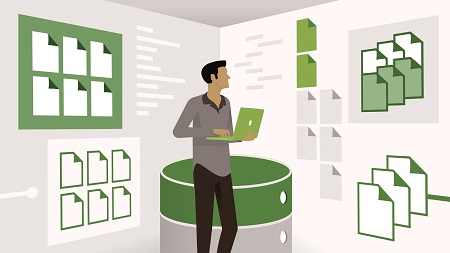
English | MP4 | AVC 1280×720 | AAC 48KHz 2ch | 1h 21m | 257 MB
There are a lot of different databases out there with their own pros and cons. It’s important to know what your options are. In this course, instructor Amataverna Lee covers PostgreSQL, MySQL, Mongo (a NoSQL database), and several cloud-based databases, to help you choose what will be best for you. You’re likely to encounter PostgreSQL in your career, so it’s important to be familiar with this type of database and how it differs from other types. MySQL is one of the most popular SQL dialects used today, so this is another important one to understand. Amataverna introduces you to Mongo, a nonrelational database that does not use SQL, and shows you some tools that you would need to use in Mongo. She also goes over several popular cloud-based options: Snowflake, Snowsight, Amazon Web Services (Redshift and S3), and Google Cloud Platform. With an understanding of these options, you can make a more informed choice on what is best for you.
Table of Contents
1 Choosing the right data platform 2
2 MySQL Workbench
3 Mongo explore
4 Dialect nuances
5 Mongo tools
6 Snowflake
7 Snowsight by Snowflake
8 Amazon Web Services
9 Amazon Redshift and S3
10 Google Cloud Platform
11 Recap
12 Comparing database options
13 Setting up the environment
14 PostgreSQL explore
15 PostgreSQL commands
16 Inheritance and data types
17 Features
18 MySQL explore
19 Dialect nuances in MySQL
Resolve the captcha to access the links!